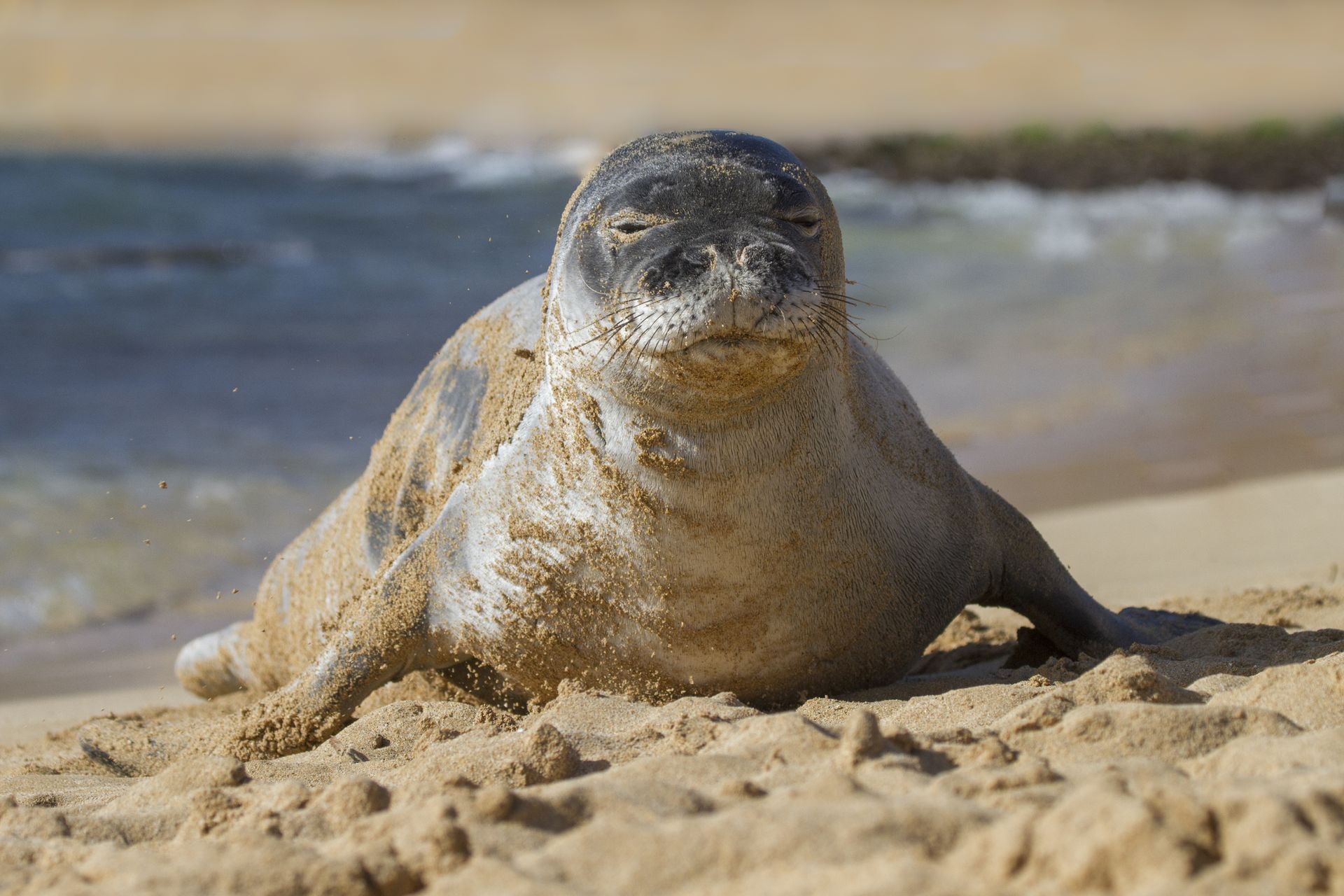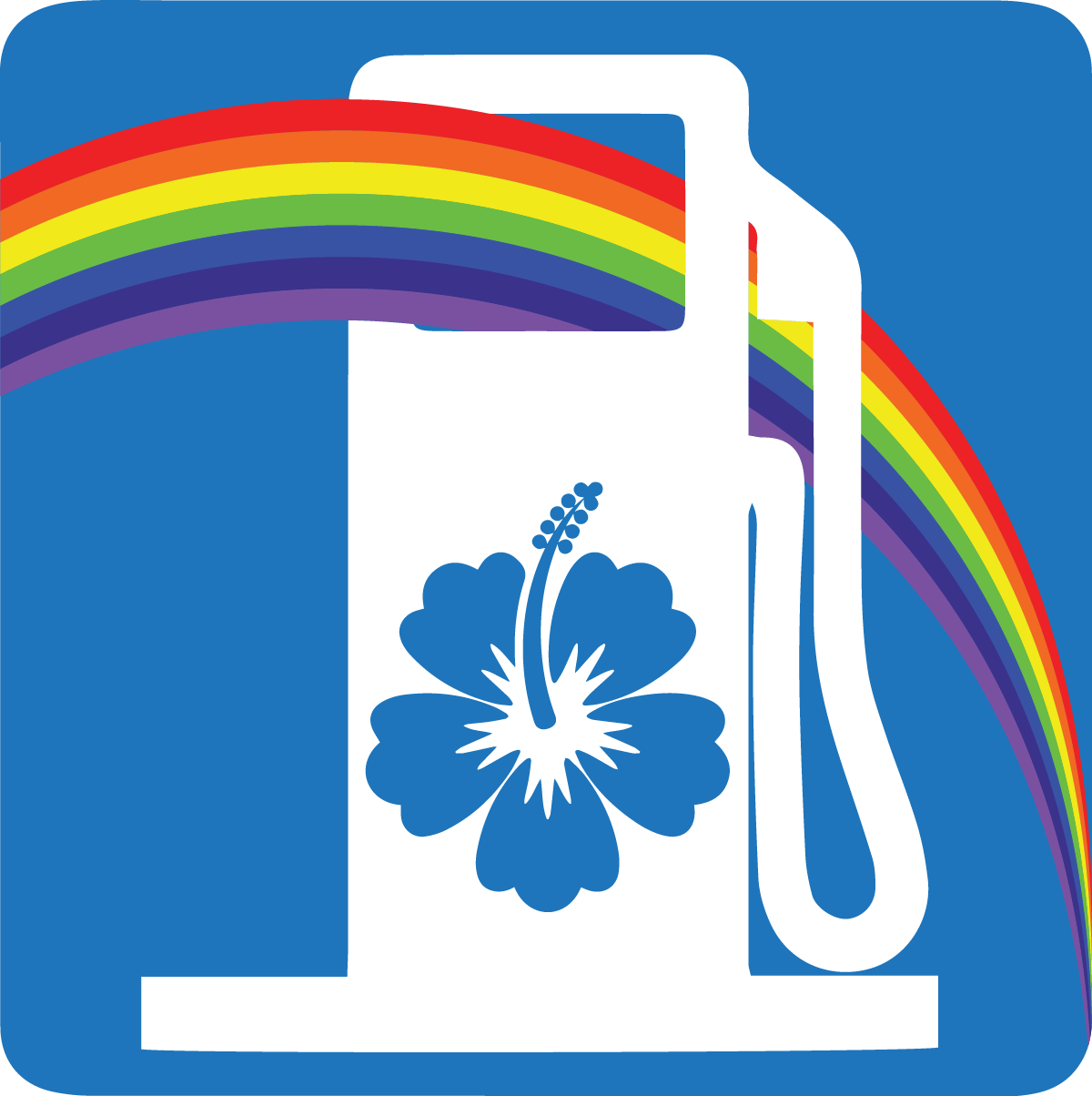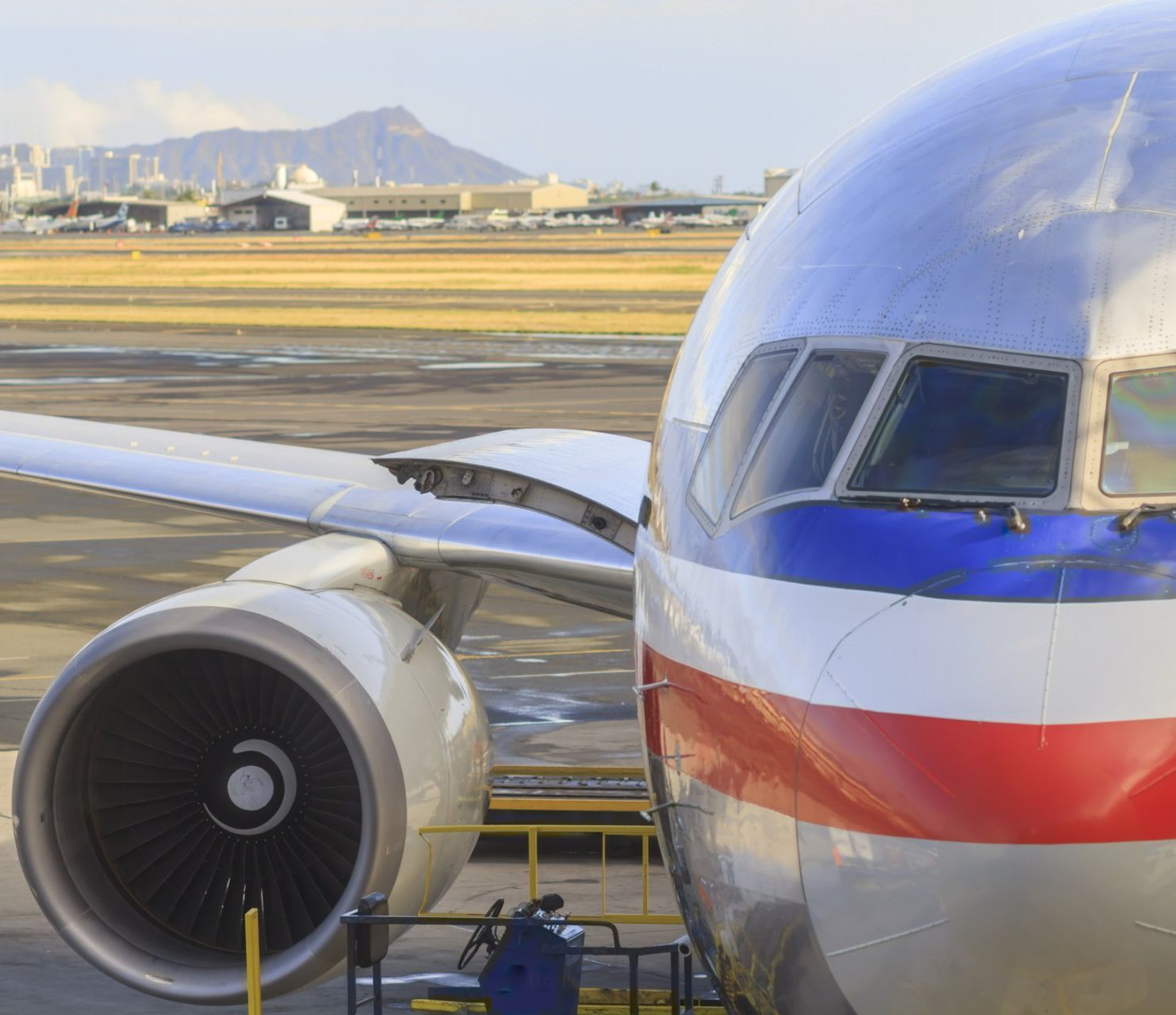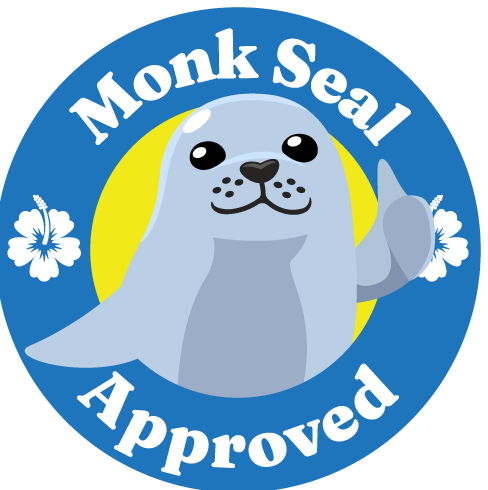Sea-Level Rise Threatens Endangered Seals' Habitats

Cute and goofy, Hawaiian monk seals look like they don't have a care in the world when they're lounging on the beach, mainly around the Northwestern Hawaiian Islands. But looks can be deceiving.
These cuddly-looking collections of blubber and whiskers, a popular tourist attraction, aren't far off from becoming extinct, thanks to worsening climate change.
The seals, known by natives as Ilioholokaua (dog running in rough seas), go as far back as 3.5 million years on the Hawaiian Islands. They are one of two species still around that lived here before homo sapiens arrived.
Monk seals were the picture of resilience up until the 20th century when increasing encounters with humans caused their numbers to fall precipitously. By the mid-1970s, they entered endangered territory, earning federal protection under the U.S. Endangered Species Act in 1976.
Back then, people were the main threat to monk seals. Now it's fossil-fuel driven climate change, which has caused ocean waters to rise and acidify while weather patterns and precipitation change. That has then led to loss of habitat and young as well as erosion around Hawaii's coastline.
Monk Seal Population Steady But For How Long?
Hawai'i is home to roughly 1,600 Hawaiian monk seals, with the majority—roughly 1,200—on the more remote Hawaiian Northwestern Islands.
These motley monks spend most of their time at sea trawling the ocean floor for food and returning to land to chill, molt, and birth pups.
But, thanks to sea-level rise, they're quickly running out of low-lying areas known as "haul-out" beaches that serve as safe havens from their top predator—sharks.
Rising Sea Levels Began Harming Monk Seal Habitat In Late 1990s
In the late 1990s, some of the largest islands within French Frigate Shoals (Lalo), an atoll in the Northwestern Hawaiian Islands, began to erode and eventually disappear as waters around them rose.
That served as an invitation for medium-sized Galapagos sharks to arrive to prey on the pups there, killing up to 30 percent at a time when the monk seal population was at its highest.
The sharks continue to be a major threat as ocean levels get higher as do climate-triggered extreme storms that sweep pups out to sea during high tides and surf.
In 2018, three of Lalo's major pupping islands became inundated. Only 57 percent of young monk seals made it to weaning that year, compared to 95 percent for the rest of the Northwestern Hawaiian Islands.
Ocean Waters Going Nowhere But Up As Climate Change Worsens
From now until 2050, scientists from the National Oceanic and Atmospheric Administration expect sea levels around Hawaii to go up from six to eight inches.
They predict that as much as 65 percent of land in the French Frigate Shoals and Pearl and Hermes Reef will be inundated or severely eroded by century's end, under an average global sea-level rise scenario (19 inches).
In a worst-case situation, they expect some of the region's islets to completely disappear by 2100, a major loss not only for monk seals but also many seabird species and the beloved Hawaiian green sea turtles.
Conservation Efforts Strong But Unlikely To Keep Up With Sea-Level Rise
The NOAA along with local monk seal conservation groups has spearheaded conservation efforts in the past decade or so to relocate weaned seal pups to higher ground and increase their survival odds.
That is how 400 of the 1,600 monk seals ended up on Hawaii's more populated main islands, with a lower rate of sea-level rise than where their cousins live.
Their relocation, however, doesn't come without some new human-related threats, including intentional killings, fishing interactions, and overly curious tourists who come too close for comfort.
Reversing Climate Change Is Monk Seal's Last Hope
The burning of fossil fuels, which is driving climate change, spurs extreme storms and rising sea levels, endangering these beloved creatures as well as other marine life around the state.
One way to help our beloved seal population is filling up your gas tank with renewable fuels made from food/farm/animal waste. Even if you can't afford an electric vehicle, using greener gas and diesel in your car or truck is an easy way to cut climate pollution up to 80 percent TODAY.
Create a tsunami of support for our sea life. Share your favorite seal pictures on social media and tag them #MonkSealMonday.
Related Stories:
5 Things About The Hawaiian Monk Seal You Need to Know
NASA's Sea Level Rise Predictor



